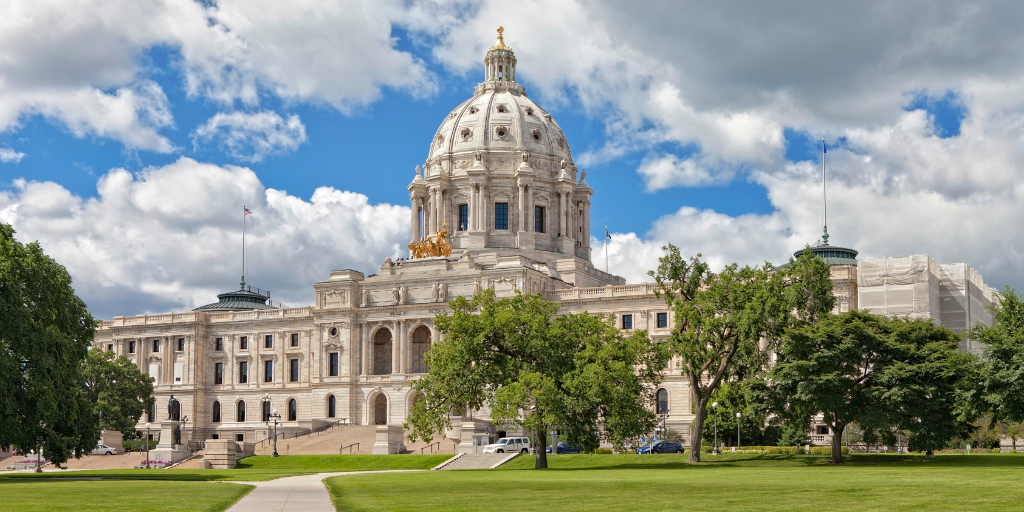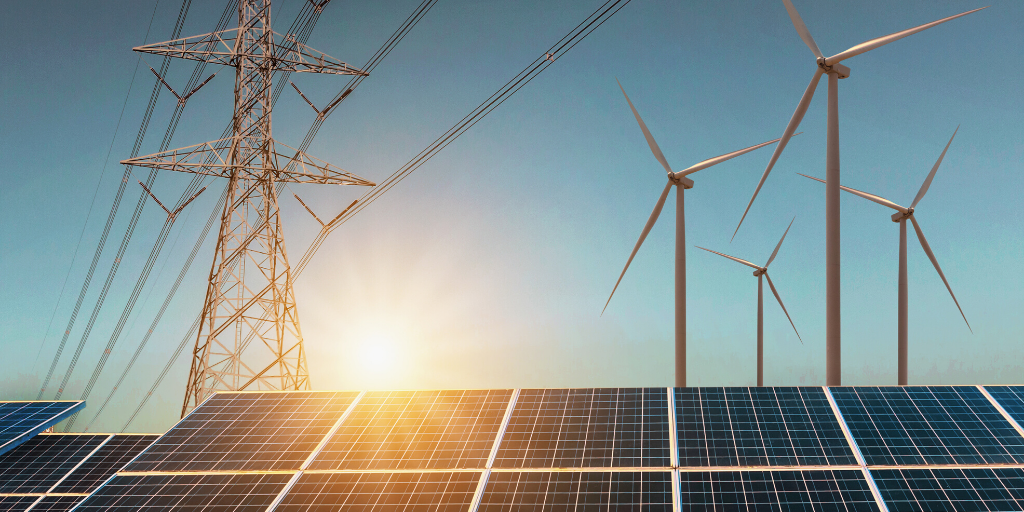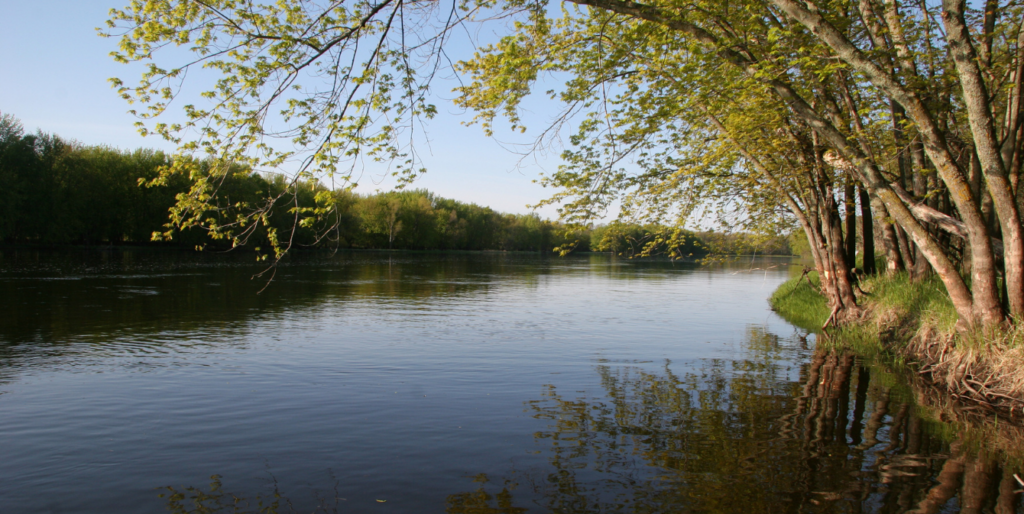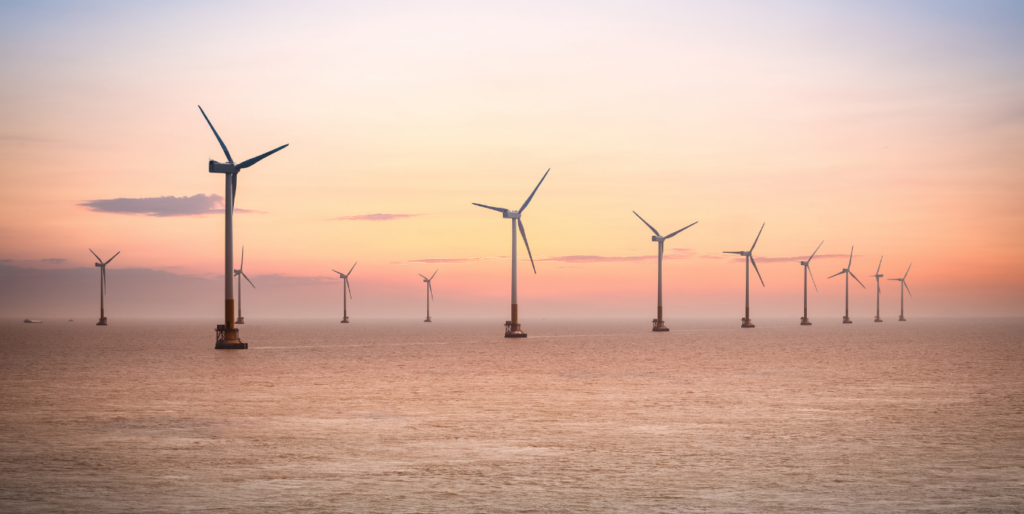
Legislative Session Preview
2023 Legislative Session Preview
January 31, 2023
The content of this preview is adapted from NCEL’s 2022 Election Analysis. We are also pleased to launch our 2023 legislative bill tracking map. Be sure to check back for weekly updates on the status of bills throughout the country.
In 2022, states enacted many precedent-setting policies to fight climate change, ensure a just transition, protect land, water, and biodiversity, increase outdoor engagement, reduce plastic pollution, and restrict toxic chemicals.
Following the midterm elections, many eyes are again turning to the states for bold environmental action. Regardless of what happens at the federal level, states have and will continue to lead the way on ambitious environmental legislation. With some states working with new political majorities, we believe this will be another consequential year for environmental policy.
Below are some of the primary environmental policy areas NCEL staff anticipate to see trending in 2023.
Federal Funding | Grid Policy | Electric Vehicles | Building Decarbonization | Land and Water Conservation | Biodiversity Protection | Wildlife Agencies | Plastic Pollution | PFAS | Sustainable Agriculture and Water | Offshore Wind
Federal Funding
The Inflation Reduction Act (IRA) of 2022 invests a historic $369 billion in climate and energy investments, many of which will be applied by states. If implemented properly, state legislators can build on their 2022 environmental policy accomplishments and get us close to meeting our emission reduction goals by 2030. Going into 2023, many states will focus on creating green banks and taking advantage of the various conservation and climate programs created by both the IRA and the Bipartisan Infrastructure Law (BIL).
- Policy Outlook: To date, 5 states have introduced 15 pieces of legislation around creating or funding a green bank.
Climate and Energy

Transmission and Grid Policy
Ensuring strong utility policy centered on decarbonization is crucial to addressing the climate crisis as so much of reducing greenhouse gasses requires electrifying other sectors, like transportation and buildings. The past two years have seen a large increase in legislative action and attention around grid and utility policy. Legislators have organized in various regions pushing for better renewable policies in the Mid-Atlantic (PJM) and Northeast (ISO-NE). We expect to continue working with legislators throughout 2023 on ways to modernize the grid and ensure utility policy is receptive to renewables.
- Policy Outlook: To date, 7 states have introduced 11 pieces of legislation around utilities and the grid. We expect to see more movement throughout different RTOs/ISOs to ensure they are working with states in achieving renewable energy goals.
Electric Vehicles
With federal grant programs and a focus on increasing electric vehicles, states are continuing to work on policies promoting EV adoption and building out charging infrastructure. Many states already worked on this in 2022, but now with the influx of federal funds and the political makeup, we are seeing a lot of movement around electric vehicles at the start of the 2023 session.
- Policy Outlook: To date, 26 states have introduced 103 pieces of legislation promoting and aiding in adopting electric vehicles.
Building Decarbonization
Many states that are leading on climate action view building emissions as the next source to address. Supported by IRA funding and tax credits, states are looking at building performance standards, excluding methane gas from new construction, and incentives for heat pumps and electric appliances Going into 2023, states will continue to build on existing action with many states with new political majorities introducing new building decarbonization legislation.
- Policy Outlook: To date, 9 states have introduced 34 pieces of legislation to decarbonize buildings through building standards, renewable standards, weatherization, or other methods.
Conservation

Land and Water Conservation
States are continuing to lead land and water conservation efforts through 30×30 goals and ensuring habitat connectivity. States are establishing their own 30×30 goals as well as supporting the federal America the Beautiful efforts. Many states are using the concept of habitat connectivity to achieve these 30×30 goals as well as protect biodiversity.
- Policy Outlook: To date, 4 states have introduced 6 pieces of legislation to achieve 30% land and water conservation by 2030. In addition, 5 states have introduced 5 bills to increase habitat connectivity.
Biodiversity Protection
The United States is one of the only countries in the world without a national biodiversity strategy. In 2022, legislators urged the Biden Administration to create one. In addition to urging federal action, many states also considered their own bills to protect biodiversity. With the likely continued lack of a national strategy, states will continue working to strengthen state endangered species acts, ensure better management of invasive species, and protect against future zoonotic disease outbreaks.
- Policy Outlook: To date, 22 states have introduced 78 pieces of legislation to protect our biodiversity through a variety of methods.
Strengthening State Wildlife Agencies
State wildlife agencies manage the wildlife within state boundaries but are facing severe budget crises. Revising the funding structure of wildlife agencies and strengthening the protections under state endangered species acts will give these agencies the funding and authority needed to address the increasing biodiversity crisis. We expect many states to look at ways of strengthening their agency as a means of protecting state biodiversity.
- Policy Outlook: To date, 2 states have introduced 2 pieces of legislation.
Environmental Health

Plastic Pollution
The past few years have seen a surge in public interest and legislative action across the plastic lifecycle. In 2022, 36 states introduced over 280 bills related to plastic pollution. Extended Producer Responsibility (EPR) bills for paper and plastic packaging are gaining traction in multiple states with two states, California and Colorado, passing EPR legislation in 2022. Single-use plastic reduction options, including EPR and bottle bills, and banning chemical recycling practices were also avenues states considered in 2022. We expect to see continued focus on this topic in 2023 and the potential for multiple state policy successes as lawmakers and advocates center their efforts on the entire plastic lifecycle and its detrimental effects on health.
- Policy Outlook: To date, 12 states have introduced 31 pieces of legislation to address plastic pollution.
Toxic Chemicals
States continue to pursue limits and regulations on PFAS chemicals to address their threat to drinking water, food, firefighters, and farmland. In 2022, four new states passed bills increasing the regulation of PFAS in food packaging. NCEL expects to see continued progress toward solutions that protect communities and move toward safer and more sustainable materials heading into 2023.
- Policy Outlook: To date, 22 states have introduced 101 pieces of legislation to ban or limit the use of PFAS.
Resources
Sustainable Agriculture and Water
In the coming year, states will continue to work on sustainable agriculture, soil health, and water quality and quantity issues. Especially with the historic Infrastructure Investment and Jobs Act (IIJA) investment in water, other federal funding opportunities, and the 2023 Farm Bill Reauthorization, states will play a crucial role in supporting and supplementing federal initiatives. Recent historic droughts and floods across the nation will also highlight the importance of these policy initiatives.
- Policy Outlook: To date, 13 states have introduced 27 pieces of legislation relating to sustainable agriculture, soil health, and flood resilience.
Oceans

Offshore Wind
In 2022 alone, state legislators introduced nearly 30 bills across 10 states related to offshore wind. The passage of the IRA bolstered offshore wind development – the legislation allocates $100 million for interregional and offshore wind electricity transmission planning, modeling, and analysis while also extending the existing energy investment tax credit. We anticipate state legislators will capitalize on the IRA’s offshore wind funding by advancing more legislation in 2023.
- Policy Outlook: To date, 7 states have introduced 24 pieces of legislation aimed at increasing offshore wind.